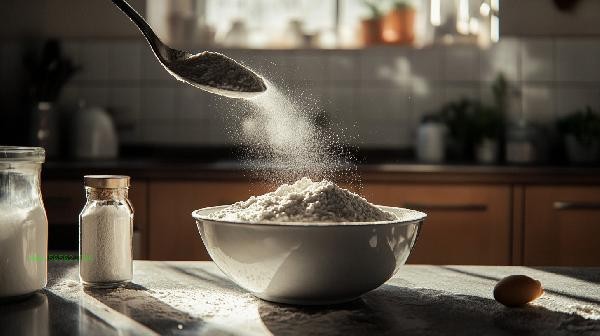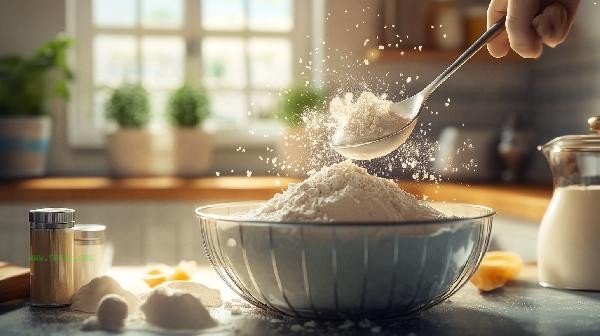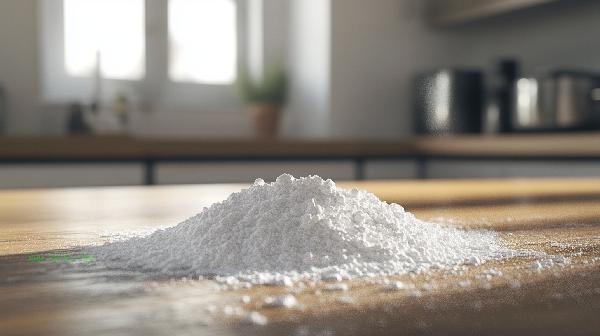Soda powder and baking powder are different, with significant differences in composition, usage, and chemical reactions between the two. Soda powder is sodium bicarbonate, and baking powder is a composite leavening agent composed of sodium bicarbonate, acidic substances, and starch. The chemical composition of baking soda powder is a single sodium bicarbonate, which quickly releases carbon dioxide when it comes into contact with water or acidic environments. It is commonly used to make fast expanding foods such as biscuits and bread, but needs to be used in conjunction with acidic ingredients. Its alkaline properties can also be used to neutralize stomach acid or clean homes, but excessive consumption may disrupt the acid-base balance of the gastrointestinal tract. Baking powder is composed of sodium bicarbonate, acidic salts, and starch, and belongs to a dual effect leavening agent. In the dry powder state, the acidic and alkaline components do not react. After encountering water, the acidic substances react with sodium bicarbonate in stages. At room temperature, some gas is produced, and when heated, gas is produced again. It is suitable for baked goods such as cakes and pancakes that need to be evenly spread without the need for additional acidic materials. Starch is used to isolate active ingredients and prevent premature reactions.

The two cannot be replaced arbitrarily. Soda powder needs to be mixed with acidic substances to fully react, and using it alone may result in residual alkali odor; Baking powder can independently complete the reaction due to its acidic components, but excessive use can cause the food to become bitter. In special circumstances, if the recipe contains a large amount of acidic ingredients such as yogurt and lemon juice, only baking soda can be used; If there are no acidic components, baking powder must be used. Some composite formulas may use both simultaneously to control the expansion rate, but the ratio needs to be accurately calculated.

In daily use, suitable leavening agents should be selected according to the recipe requirements to avoid mixing and causing food taste or safety issues. When baking, pay attention to sealing and storing to prevent moisture. It is recommended to use it within six months after opening to ensure activity. Gastrointestinal sensitive individuals should control their intake of foods containing leavening agents and prioritize natural yeast fermentation methods.









Comments (0)
Leave a Comment
No comments yet
Be the first to share your thoughts!